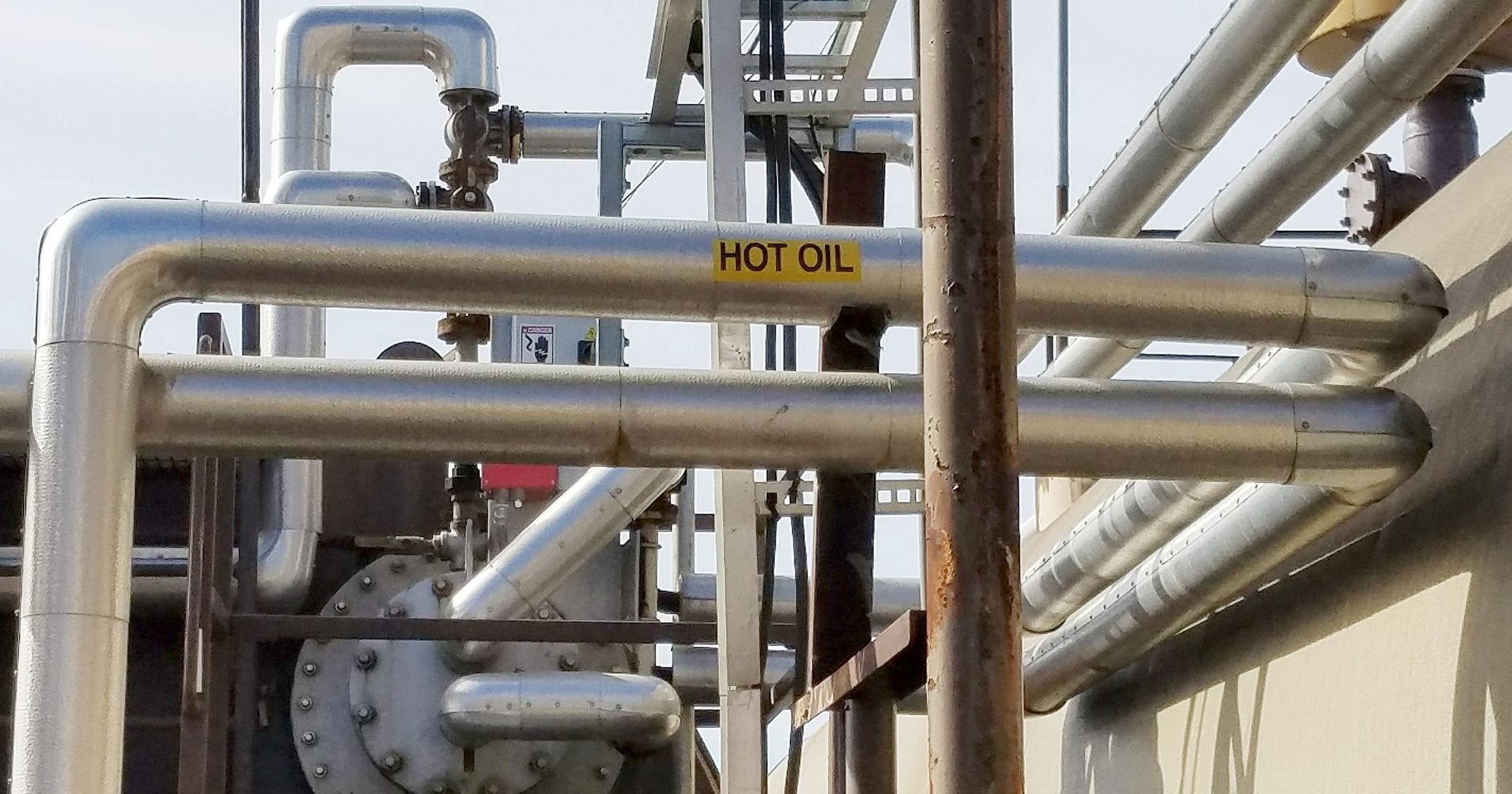Calcium vs. Varnish Deposits
- By R. Greenwald
- •
- 17 Jul, 2017
- •
A Comparison of Hot Water and Steam Boiler Systems to Heat Transfer Fluid Systems
For 30 years, I owned a boiler installation and repair company. In those years, the most frequent problem hot water or steam boilers had was the buildup of calcium on the internal heat transfer surfaces.
My customers did not realize the impact a paper-thin layer of calcium had on the efficiency of the boiler. In many, really bad instances, most of the heat went up the stack and the heat exchangers warped due to the insulating effect of the internal scale. The warped heat exchanger eventually leaked, and needed to be replaced. The customers just got used to the huge gas bills and frequent heat exchanger repairs.
My customers would hire me to acid-clean the heat exchangers. I educated my customers that the above description could be eliminated with proper water treatment, but most of them did not want to fix the problems proactively. I explained that the money saved by keeping the scale from forming would pay immediately through maintaining high thermal efficiencies. Even after costly repair bills, most of my customers would not take the steps to prevent costly repairs.
Though my customers trusted me, why didn’t they listen to logic?
I used to ponder the mind-set that my customers had. I could never understand it, and it drove me nuts. Now that I am older, I understand a little better.
My own nature is to over-eat. I understand that it is not good for me, but my own psychological issues get in the way of logic. I believe this to be a similar situation for my customers.
What does this have to do with thermal boilers?
Just as calcium plates and insulates the internal heat exchanger surfaces, so too does varnish and the crusty burnt carbonaceous materials on the inside of a heat exchanger in a thermal oil system.
Many of thermal heat transfer system customers have the exact problem that my hot water and steam customers had; most customers wait until it becomes an emergency before they respond, and then never address the root cause of the problem.
True or False
If the financial experts of the company understood how much money they could have saved with proactive measures, they would immediately institute measures that would create considerable profits!
- Answer #1 - These experts are human beings, just like me. They have their own psychological bent, so the answer depends on the individual. People get set in their ways and change is difficult for everyone.
- Answer #2 - If the bosses created a program of proactive maintenance, the maintenance men may or may not follow the guidelines. They are used to doing things their own way and may not follow the new guidelines.
How much does this proactive approach cost?
- To completely clean the interior of a heat transfer system, and refill it with new heat transfer fluid would cost approximately 50% of 1 day of downtime costs.
- To monitor the heat transfer fluid integrity and contaminant level and inspect the system twice a year would cost less than 1% of 1 day of downtime costs.
- To maintain a clean system can decrease fuel costs 10%, every day of operation would actually pay the company to do the cleaning, refill, and inspections. There would be money left over for other uses.

